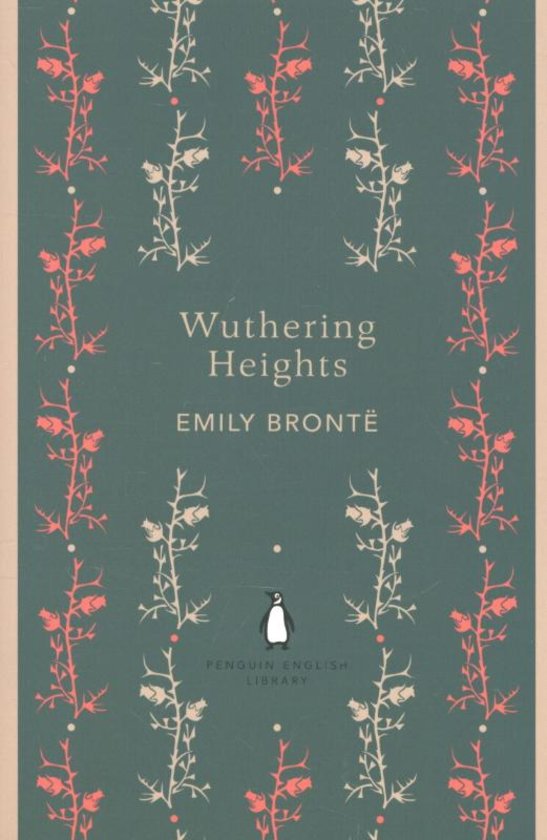“Edgar Linton is the perfect foil to Heathcliff” How far do you agree?
Wuthering Heights is a gothic novel written by Emily Bronte in Victorian Britain. It was
published under the pseudonym Ellis Bell in 1847. The novel initially received negative
reviews, critics claiming the novel should be “burned” due to its themes of violence and
characters such as Heathcliff and Catherine. The character Edgar Linton also features
prominently in the novel, acting as a love interest for Catherine and the foil for Heathcliff.
Edgar Linton is the perfect foil to Heathcliff from the novel’s outset. Their very physiognomy
are described as near opposites, Edgar having “delicate, pale features” and Heathcliff being
a “dark haired… gypsy brat” with “venom” in his eyes. This physical difference between the
two characters highlights an important feature in the novel, which is the difference between
the well-born Edgar, and the “street-urchin” Heathcliff. They are polar opposites, each
serving to highlight the other’s features by virtue of their sheer incomparable natures. By
giving them such distant, polar qualities, Bronte serves to exaggerate the qualities of either
character- Heathcliff’s uncouth violence compared to Edgar’s civilised gentlemanliness, for
example. This acts as an effective way of setting the two at distant ends of a spectrum and
makes it evident that Edgar is the perfect foil to Heathcliff.
The difference between social class is an important feature in the novel, and is rooted in the
context of the Victorian period wherein the novel was written. Heathcliff is an orphan- a
gothic feature- taken from the streets of Liverpool by Mr. Earnshaw, who pitied the “ragged”
boy. Bronte uses the introduction of a lower-class person into an upper-class household as a
source of conflict, and Heathcliff is instantly described as a “devil” by Nelly Dean, our
unreliable narrator, serving as a poignant social commentary by Bronte on how the lower
and upper classes simply cannot mix- a view commonly held in Victorian Britain. Heathcliff’s
later disdain for Edgar may then be explained by his being low-born; for Edgar, opposed to
Heathcliff, is born into a noble, wealthy family, acting as the perfect foil to this commoner.
The description of Thrushcross Grange, “white ceiling lined with gold… a shower of glass on
silver chains” highlights the wealth and nobility of Edgar; yet this nobility is contrasted by
Edgar himself, who is “crying by the mantle” after an argument with his sister, Isabella. This
may be a commentary by Bronte on how wealth and pampering often results in weak
individuals, unable to care for themselves and being reduced to petty squabbles and open
weeping. This snivelling scene is abhorred by Heathcliff, “how we despised them!”, whose
own home, Wuthering Heights, could not be more different, featuring, “twisted gargoyles”
and is all around a “bleak” setting, the very name highlighting the harsh, tough landscape in
which it is situated. This, the home of Heathcliff, contrasts with Edgar’s Thrushcross Grange,
each setting reflecting their respective character, emphasising that Edgar is Heathcliff’s
perfect foil.
Love is a consistent theme within Wuthering Heights. Both Edgar and Heathcliff love the
wild, passionate Catherine; however, both have a very different type of love. Heathcliff’s love
for her is best seen in his statement of mourning upon her death, “I cannot live without my
soul!” This dramatic statement perfectly summarises his passionate and often animalistic
love for her. Edgar equally loves Catherine; however, as Catherine herself says, “my love for
Linton is like the foliage in the woods; time will change it”, showing that despite their happy
marriage, they are both aware that it may not last. This difference in passion is important in
showing how Edgar acts as Heathcliff’s foil, being his opposite even in love.





